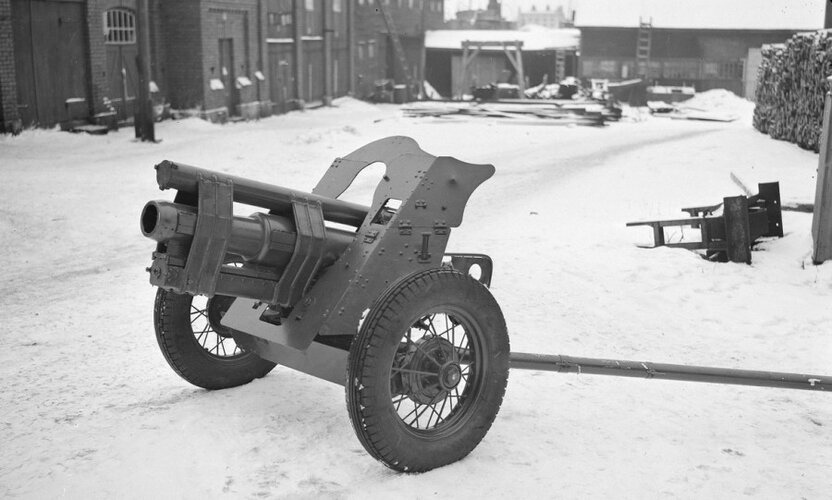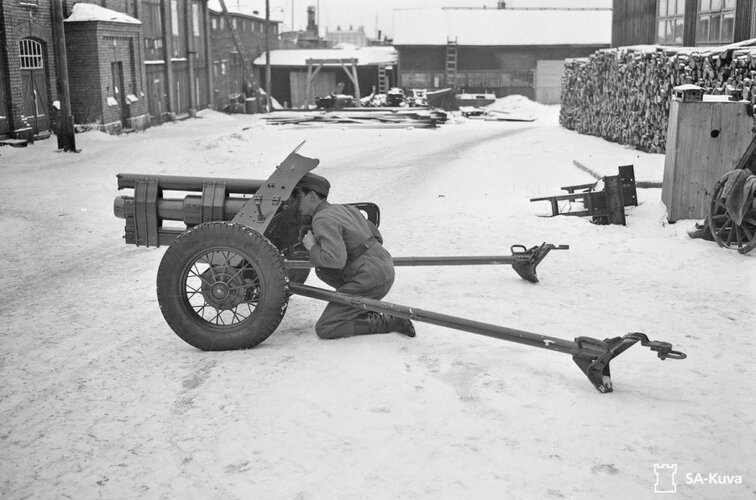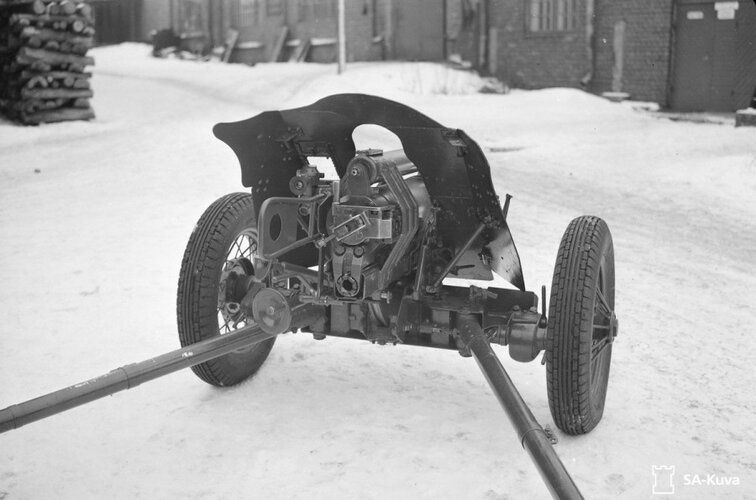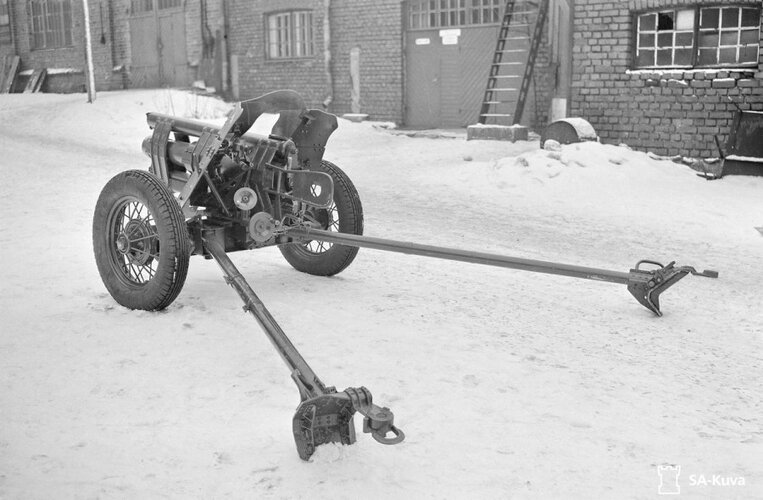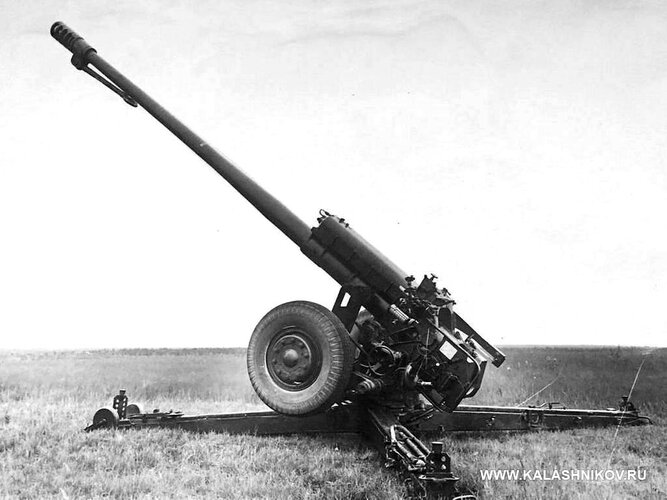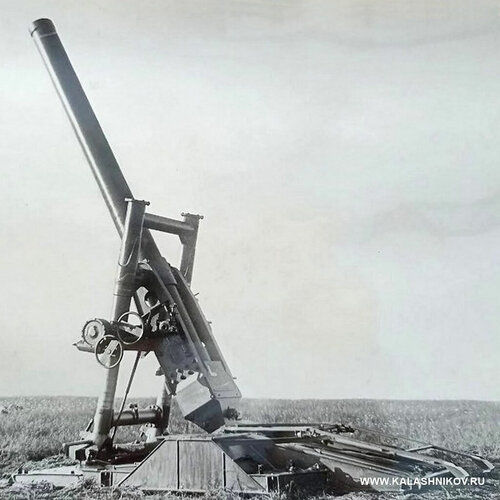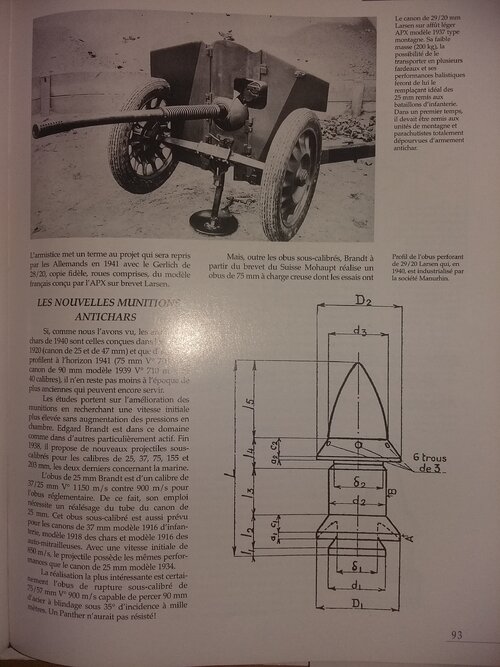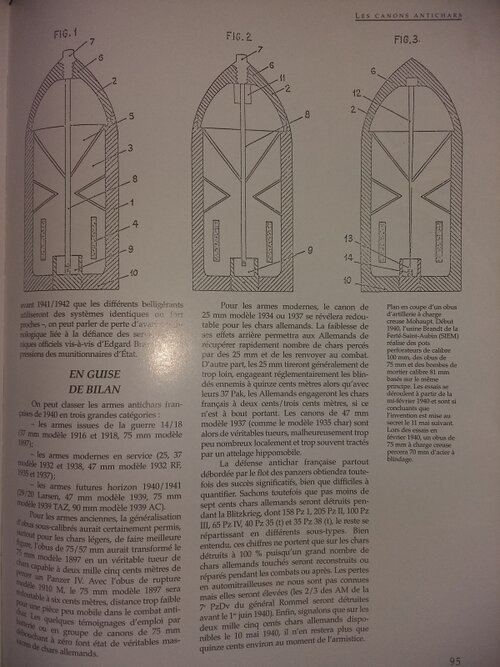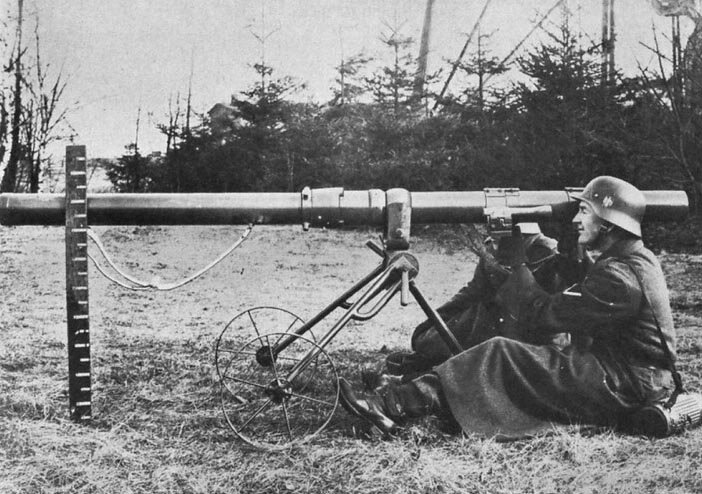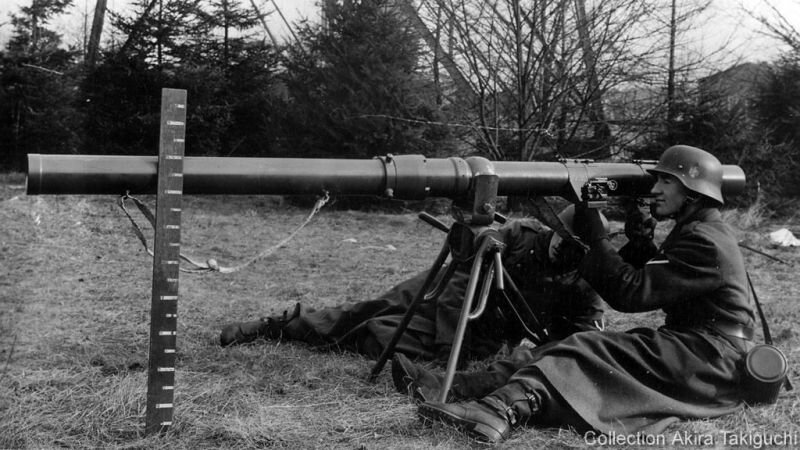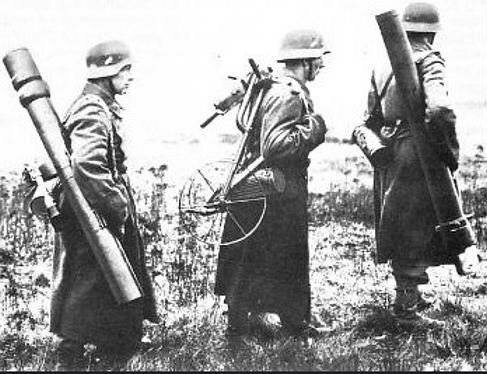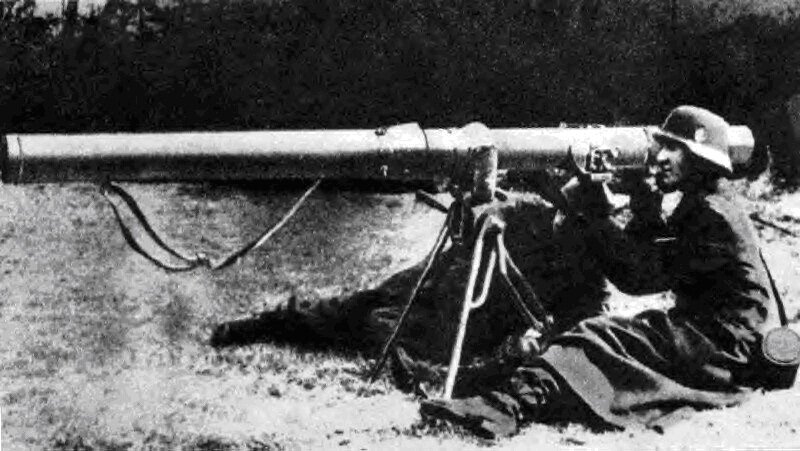You are using an out of date browser. It may not display this or other websites correctly.
You should upgrade or use an alternative browser.
You should upgrade or use an alternative browser.
Projects of artillery pieces 1919-1990
- Thread starter Rl3
- Start date
Polish 155 mm gun WZ.40
 pl.wikipedia.org
pl.wikipedia.org
 www.1939.pl
www.1939.pl
155 mm armata dalekonośna wz. 40 – Wikipedia, wolna encyklopedia
Armata 155mm wz. 40 - Kampania Wrześniowa 1939.pl
Armatami o największym zasięgu, które posiadało Wojsko Polskie były francuskie działa 105mm wz. 13 i późniejszy wz. 29. Były one klasyfikowane jako artyleria dalekonośna, ale w rzeczywistości była to tylko artyleria średniego zasięgu.
Attachments
-
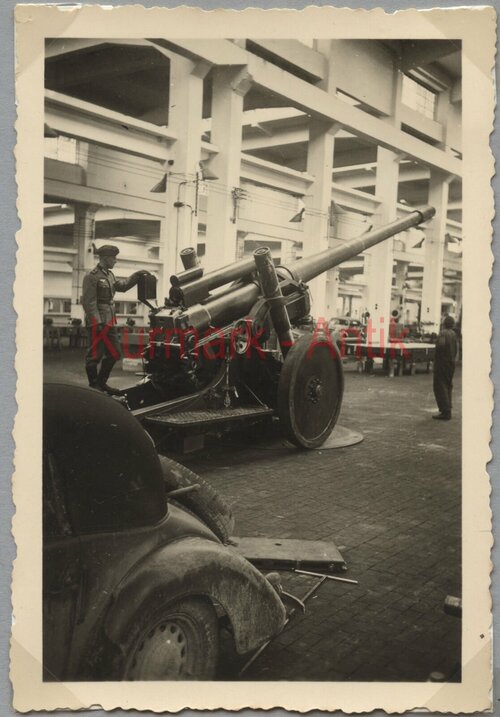 153285280_s-l1600(6).jpg.0b759c99044eb857e98627e3eeb6b774.jpg211.8 KB · Views: 72
153285280_s-l1600(6).jpg.0b759c99044eb857e98627e3eeb6b774.jpg211.8 KB · Views: 72 -
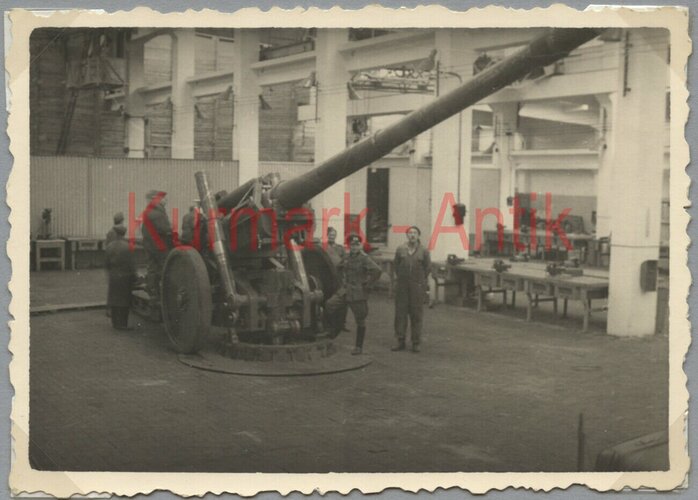 363314459_s-l1600(6).jpg.e2c41b7ab0ff25a7b485e11ee3734536.jpg150.5 KB · Views: 69
363314459_s-l1600(6).jpg.e2c41b7ab0ff25a7b485e11ee3734536.jpg150.5 KB · Views: 69 -
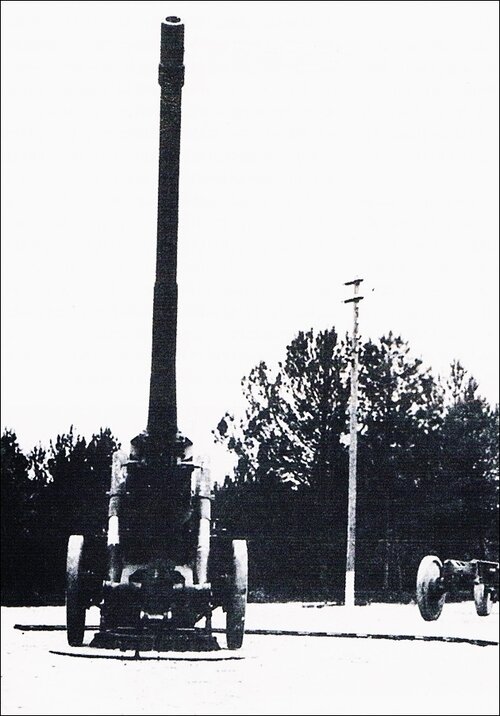 155 mm wz.1940 (e).jpg150.3 KB · Views: 67
155 mm wz.1940 (e).jpg150.3 KB · Views: 67 -
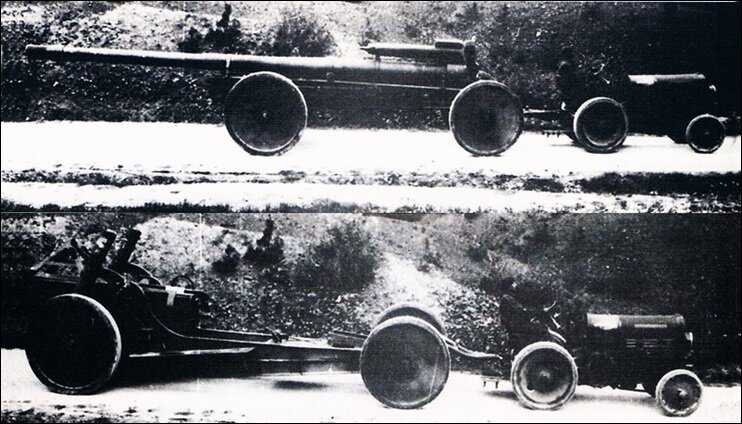 155 mm wz.1940 (d).jpg149.9 KB · Views: 59
155 mm wz.1940 (d).jpg149.9 KB · Views: 59 -
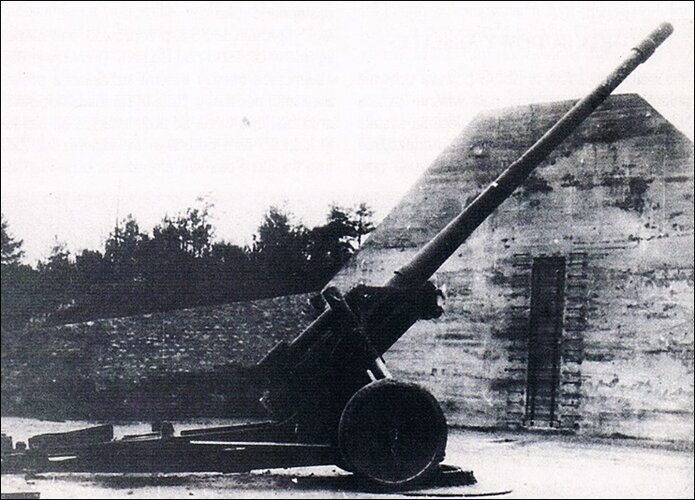 155 mm wz.1940 (c).jpg154.5 KB · Views: 66
155 mm wz.1940 (c).jpg154.5 KB · Views: 66 -
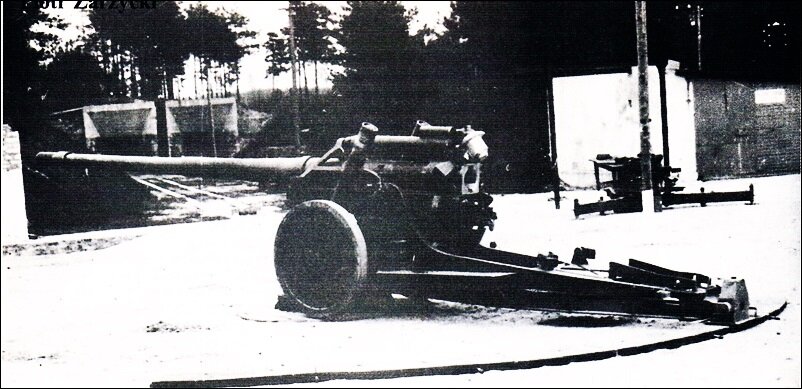 155 mm wz.1940 (a).jpg140 KB · Views: 66
155 mm wz.1940 (a).jpg140 KB · Views: 66 -
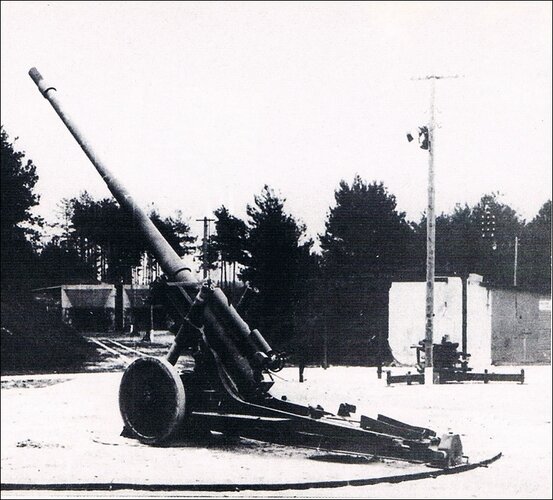 155 mm wz.1940 (b).jpg216 KB · Views: 75
155 mm wz.1940 (b).jpg216 KB · Views: 75
Soviet 100 mm gun D-60
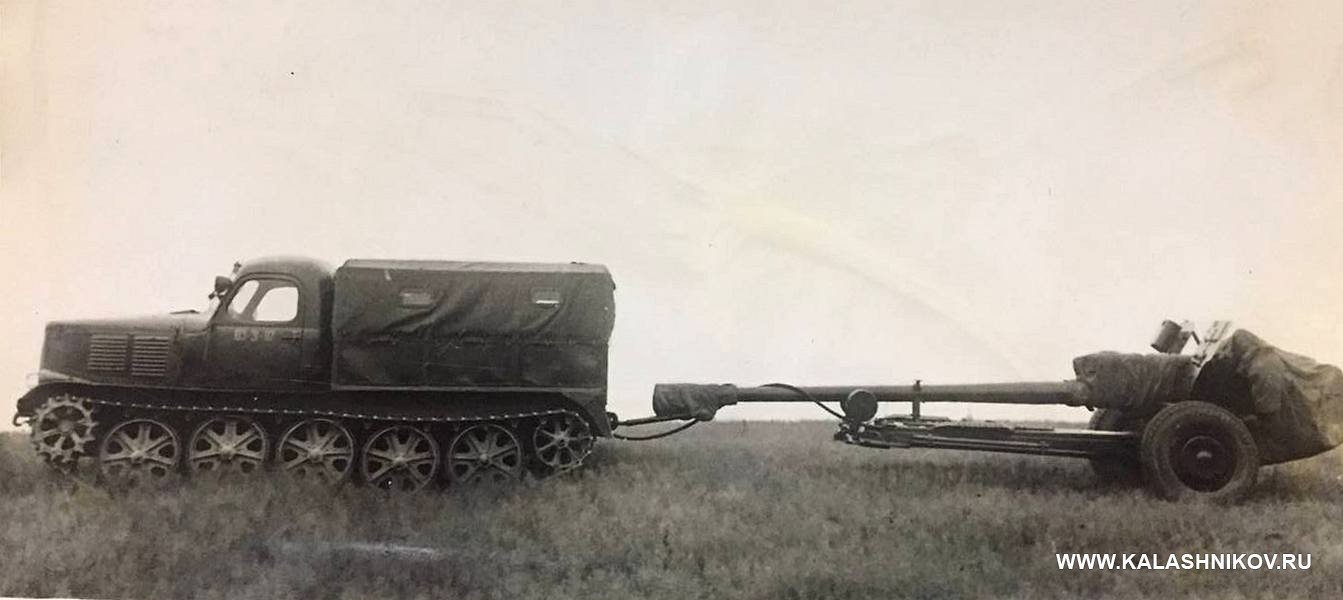
 www.kalashnikov.ru
www.kalashnikov.ru

100-мм экспериментальная пушка Д-60 | Оружейный журнал «КАЛАШНИКОВ»
Параллельно со 122-мм гаубицей Д-30 в 50-е годы ХХ века разрабатывалось ещё одно артиллерийское орудие на аналогичном трёхстанинном лафете.
 www.kalashnikov.ru
www.kalashnikov.ru
Attachments
305-мм миномет V-32
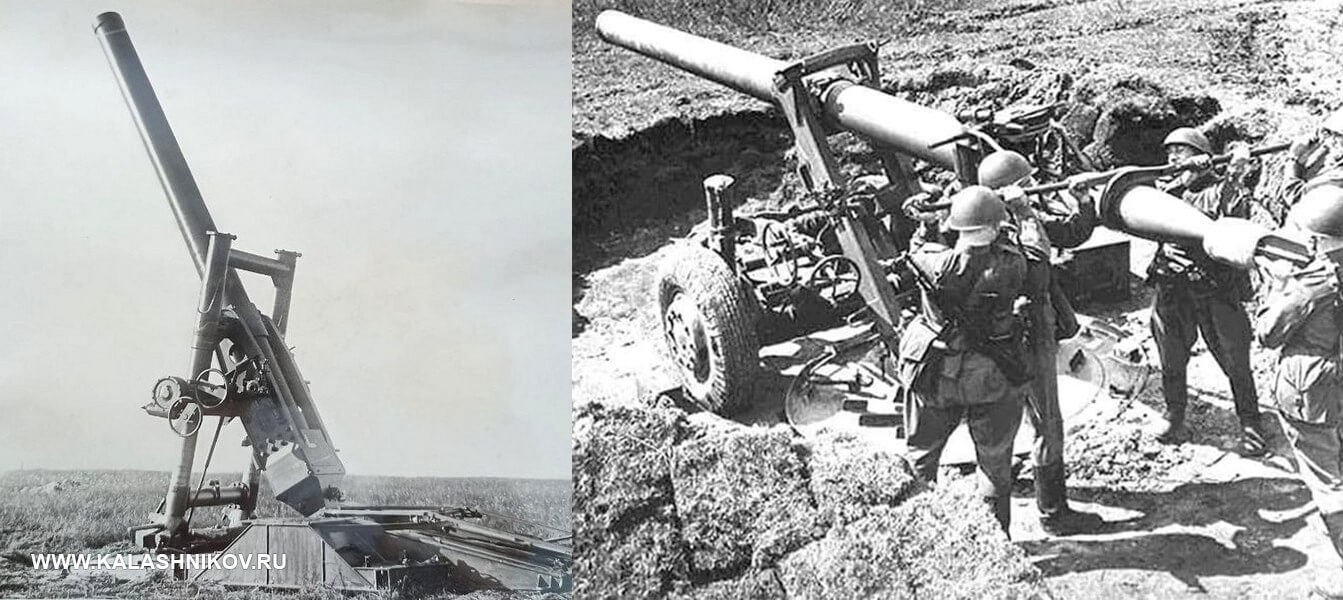
 www.kalashnikov.ru
www.kalashnikov.ru

Пробел в истории. 305-мм советский миномёт В-32 | Оружейный журнал «КАЛАШНИКОВ»
240-мм М-240 и «Тюльпан» (2С4) могли не стать самыми крупнокалиберными советскими серийными миномётами.
 www.kalashnikov.ru
www.kalashnikov.ru
Attachments
Last edited:
German easel 105 mm anti-tank grenade launcher (recoilless gun) Hammer.
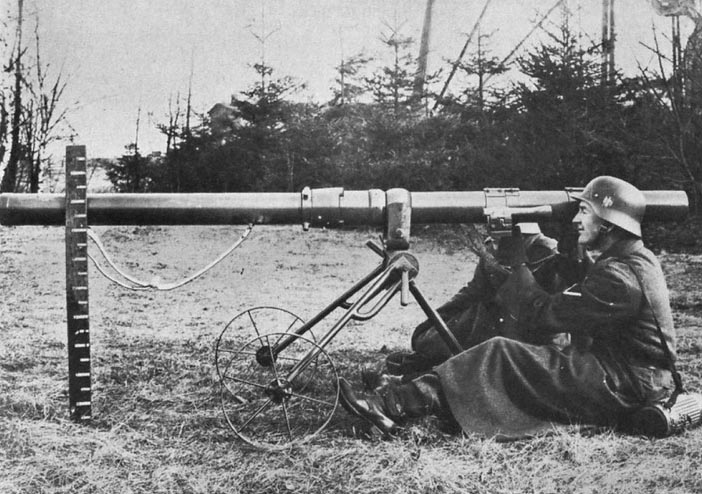

Attachments
raigap
ACCESS: Restricted
- Joined
- 25 April 2019
- Messages
- 7
- Reaction score
- 4
It is highly likely that he is Czechoslovakian.305-мм миномет V-32

Пробел в истории. 305-мм советский миномёт В-32 | Оружейный журнал «КАЛАШНИКОВ»
240-мм М-240 и «Тюльпан» (2С4) могли не стать самыми крупнокалиберными советскими серийными миномётами.www.kalashnikov.ru
tom!
ACCESS: Confidential
Hi.
Japanese Experimental 7,5 cm Regimental Gun from 1937. Planned to be used in regimental Infanty Gun Units.
With the type Meiji 41 75 mm Pack Howitzer being retired from artillery units from 1935 onward enough of these guns with their similar power were available for the planned duty as infantry gun. So the 1937 project remained experimental only.





Yours
tom!
Japanese Experimental 7,5 cm Regimental Gun from 1937. Planned to be used in regimental Infanty Gun Units.
With the type Meiji 41 75 mm Pack Howitzer being retired from artillery units from 1935 onward enough of these guns with their similar power were available for the planned duty as infantry gun. So the 1937 project remained experimental only.
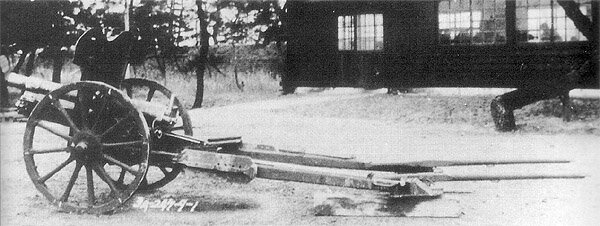
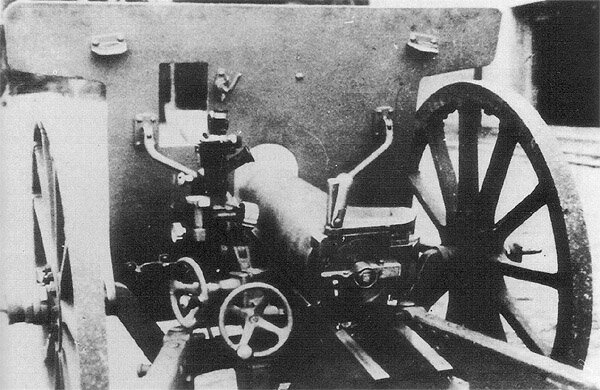
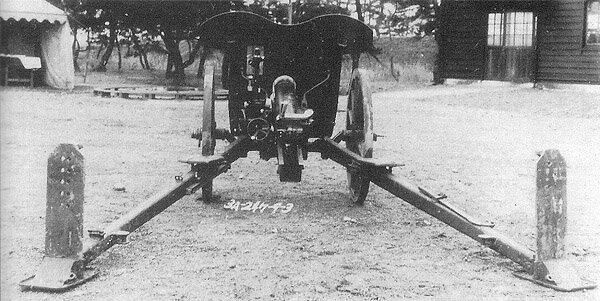
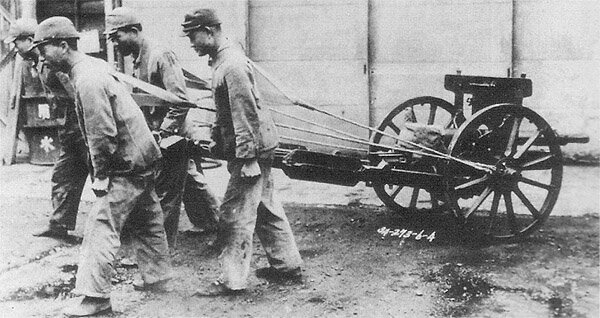
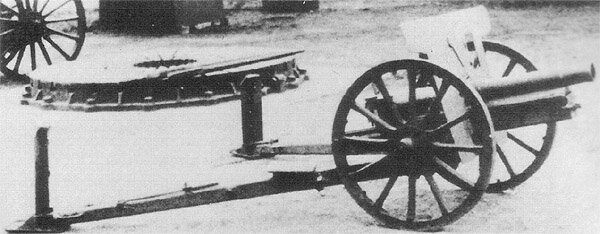
Yours
tom!
A somewhat tardy answer to query about the Larsen anto-tank gun.
That Danish squeeze bore weapon was scheduled to replace the 25 mm Hotchkiss anti-tank guns of infantry units of the French army.
Unconfirmed specs are...
Weight: 450 or so pounds
Muzzle velocity: 4 600 or so feet per second
Armour penetration: 2.2 or so inches of steel at 30 degrees, at 450 or so yards
That weapon was to be made under license in France by Manurhin (Manufacture de machines du Haut-Rhin).
Fifty guns might, I repeat might, have been delivered before the collapse of France in 1940.
As promising as the weapon appeared to be, the very high muzzle velocity led to the need to replace the barrel after 500 or so shots fired, if that. Manurhin might have been working on that issue in mid 1940.
Some very interesting if unconfirmed info on the origins of that weapon can be found at https://da.wikipedia.org/wiki/Schultz_&_Larsen
That Danish squeeze bore weapon was scheduled to replace the 25 mm Hotchkiss anti-tank guns of infantry units of the French army.
Unconfirmed specs are...
Weight: 450 or so pounds
Muzzle velocity: 4 600 or so feet per second
Armour penetration: 2.2 or so inches of steel at 30 degrees, at 450 or so yards
That weapon was to be made under license in France by Manurhin (Manufacture de machines du Haut-Rhin).
Fifty guns might, I repeat might, have been delivered before the collapse of France in 1940.
As promising as the weapon appeared to be, the very high muzzle velocity led to the need to replace the barrel after 500 or so shots fired, if that. Manurhin might have been working on that issue in mid 1940.
Some very interesting if unconfirmed info on the origins of that weapon can be found at https://da.wikipedia.org/wiki/Schultz_&_Larsen
Last edited:
Elan Vital
ACCESS: Secret
- Joined
- 6 September 2019
- Messages
- 333
- Reaction score
- 761
I found quite a few extra reports on it in the French archives recently. I believe there are a couple mentions or docs on it that I have not uploaded yet, but here is a link to the folder I had made about it on my general GDrive repertory: https://drive.google.com/drive/folders/16wkY9XRUEpnVT6N91lEbg0-fl_Vsy7NH?usp=drive_linkA somewhat tardy answer to query about the Larsen anto-tank gun.
That Danish squeeze bore weapon was scheduled to replace the 25 mm Hotchkiss anti-tank guns of infantry units of the French army.
Unconfirmed specs are...
Weight: 450 or so pounds
Muzzle velocity: 4 600 or so feet per second
Armour penetration: 2.2 or so inches of steel at 30 degrees, at 450 or so yards
That weapon was to be made under license in France by Manurhin (Manufacture de machines du Haut-Rhin).
Fifty guns might, I repeat might, have been delivered before the collapse of France in 1940.
As promising as the weapon appeared to be, the very high muzzle velocity led to the need to replace the barrel after 500 or so shots fired, if that. Manurhin might have been working on that issue in mid 1940.
Some very interesting if unconfirmed info on the origins of that weapon can be found at https://da.wikipedia.org/wiki/Schultz_&_Larsen
The APX coordinated the study of this gun under the index L.824. The barrel was based on the Gerlich Ultra patent, and French interest in the gun started at least as early as 1937. It weighed 118 kgs complete without the shields, using a 25mm APX SA mle.1937 carriage. It turns out that it was equipped with a continuous feed using a 4-round magazine, the breech closing automatically after the projectile was rammed in by the mechanism. Thus theoretically ensuring a 4- (or 5-?) round initial burst fire option. Accuracy life seems to have been limited to about 250 rounds at the time.
The charge was apparently reliably giving a muzzle velocity of 1360 m/s with a pressure of 360 MPa. Penetration of the steel core projectiles at 40m in 1939 was giving 40mm at 24-29° on rolled homogenous plate, and 32-36° on cemented plate depending on the design of projectile.
As of July 1939, it was deemed that the 20mm weapon already tested was inferior in penetration to the 25mm AT gun against 40 to 60mm plates but superior against 30 to 40mm thick plates and that Larsen would study a 23mm weapon with comparable performance, while a new carriage would hopefully give a sub-100 kg system.
In general, production of the 29/20 was to end at the 50 already ordered, and to reorient studies towards a sub-200 kg automatic weapon with the same penetration as the 25mm AT at short ranges, as well as other high ROF weapons at regimental and divisional levels with superior penetration and lower weight than current weapons.
Last edited:
Similar threads
-
-
-
-
Vickers Interwar Super-Long-Range Artillery
- Started by A Tentative Fleet Plan
- Replies: 1
-
Multi-seat fighters: "cruiser fighters" and "battleplanes"
- Started by Avimimus
- Replies: 113

